
11 Heartbreaking Signs Your Dog May Be Nearing the End—And How to Show Them the Love They Deserve
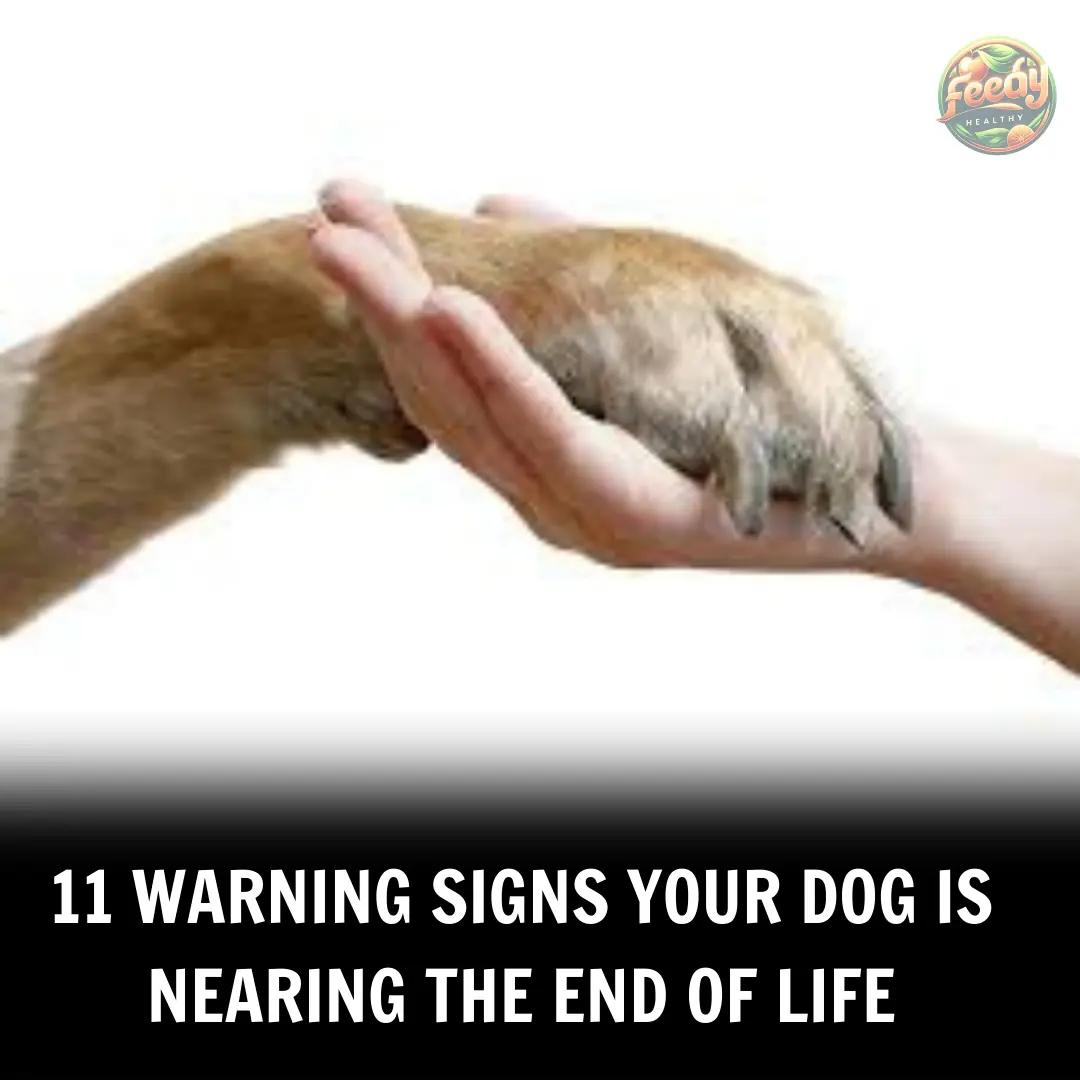
Our dogs are more than just pets—they’re loyal friends, constant companions, and beloved family members. As they grow older or face serious health challenges, it’s important to recognize when they might be approaching the end of their journey. Knowing the signs can help you provide comfort, peace, and dignity in their final days.
1. Low Energy and Lack of Interest
If your dog no longer lights up at the word “walk” or shows little interest in playing, it may be a sign that their body is getting tired. A noticeable drop in energy often points to declining health or aging.
2. Behavioral and Emotional Shifts
Changes in personality—like becoming more clingy or suddenly wanting to be alone—can reflect discomfort, confusion, or even cognitive decline. Agitation, restlessness, or uncharacteristic withdrawal are often signs they’re not feeling like themselves.
3. Trouble with Bathroom Habits
Loss of control over bladder or bowels can be distressing. If accidents become frequent, it could be due to weakened muscles or organ function—a common occurrence in senior or ailing dogs.
4. Loss of Appetite and Thirst
When a dog stops eating or drinking regularly, it’s often a sign their body is slowing down. This can lead to weight loss and dehydration, and is commonly seen as they near the end of life.
5. Excessive Fatigue and Long Sleep Periods
If your dog is sleeping more than usual and seems disinterested in their surroundings, their body may be conserving energy. This deep fatigue is a gentle way the body prepares for the next stage.
6. Digestive Upset
Ongoing vomiting, diarrhea, or signs of nausea shouldn't be ignored. While occasional tummy troubles are normal, chronic digestive issues may suggest something more serious.
7. Breathing Changes
Labored breathing, panting without reason, or persistent coughing can be signs of heart or lung issues. Any noticeable change in breathing warrants a visit to the vet.
8. Unusual Gum Color
Healthy gums are pink. If they appear pale, bluish, or gray, it might be a sign of poor circulation, anemia, or oxygen deficiency—all of which signal serious concerns.
9. Seizures or Shaking
Sudden seizures or tremors can be signs of neurological decline. These episodes can be frightening and should be addressed by a vet as soon as possible.
10. Strange Smells or Skin Conditions
New or strong body odors, skin infections, dull coat, or visible sores could mean their body is struggling to fight off infections or maintain normal function.
11. Withdrawal from What They Love
When a dog no longer finds joy in their favorite toys, treats, or people, it may be their way of saying goodbye. This emotional and physical distancing is common in the final stages.
💞 How to Support Them With Love
Recognizing these signs is painful, but it allows you to make compassionate choices. Speak with your vet about pain relief, mobility support, and whether it's time to consider end-of-life care.
Create a calm, quiet space for your dog. Offer their favorite blanket, speak gently, and be there for them. Even when words fall short, your presence brings comfort.
Above all, cherish these final moments. Whether it’s a soft pat on their head, a walk down memory lane, or just lying quietly by their side—every second counts.
Let them feel the love they’ve given you, one last time. ❤️
News in the same category

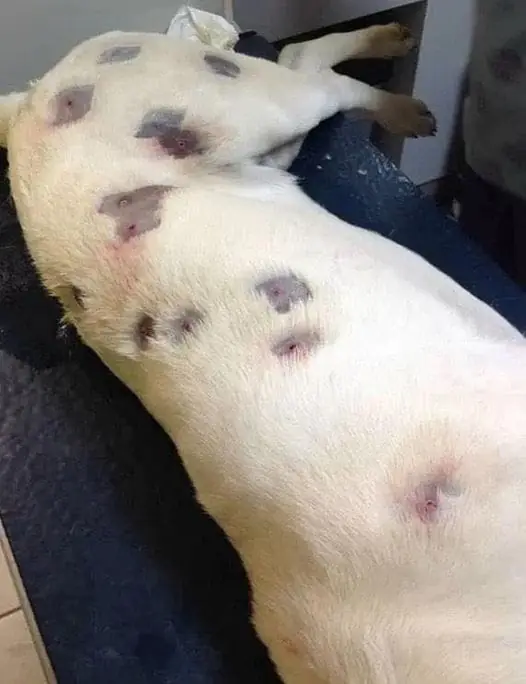
She Believed The Dog Had Numerous Bites, But The Doctor Examined It More Closely And Called The Police
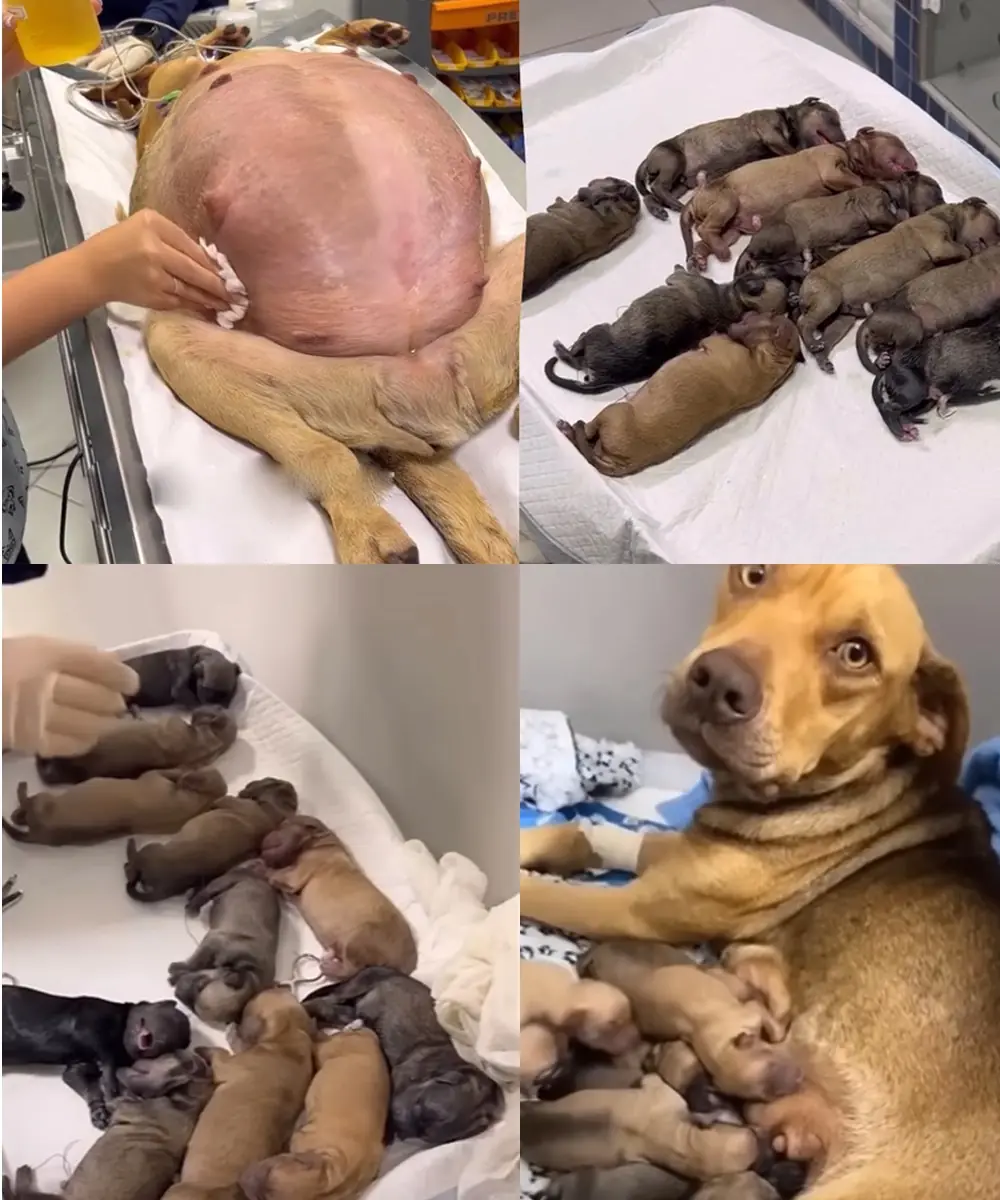
A Pregnant Dog’s Miraculous Journey: How She Found Help at My Gate…
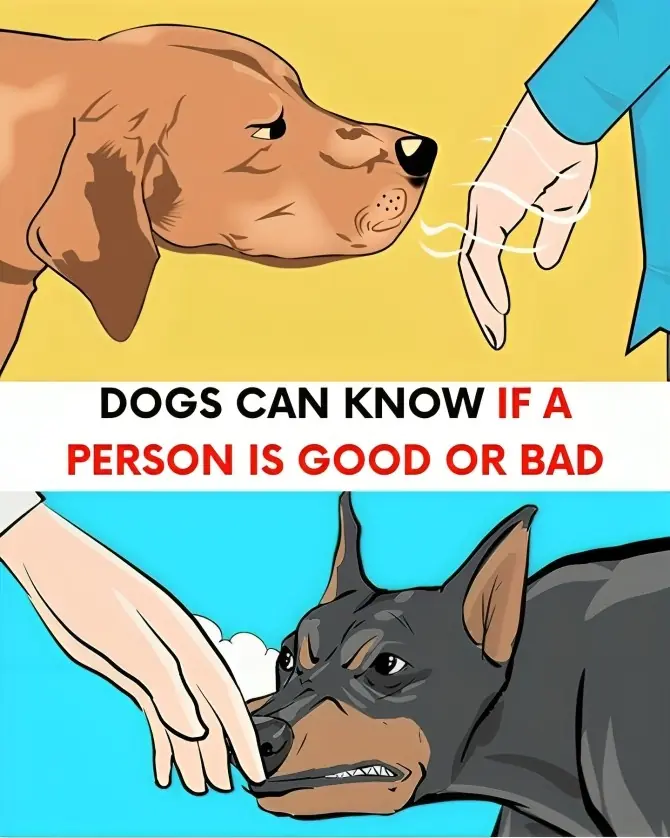
Can Dogs Really Tell Who’s Good or Bad? Here’s the Jaw-Dropping Truth You Didn’t Know

The Funniest Cats: Laugh Nonstop at Their Weird Poses and Quirky Habits
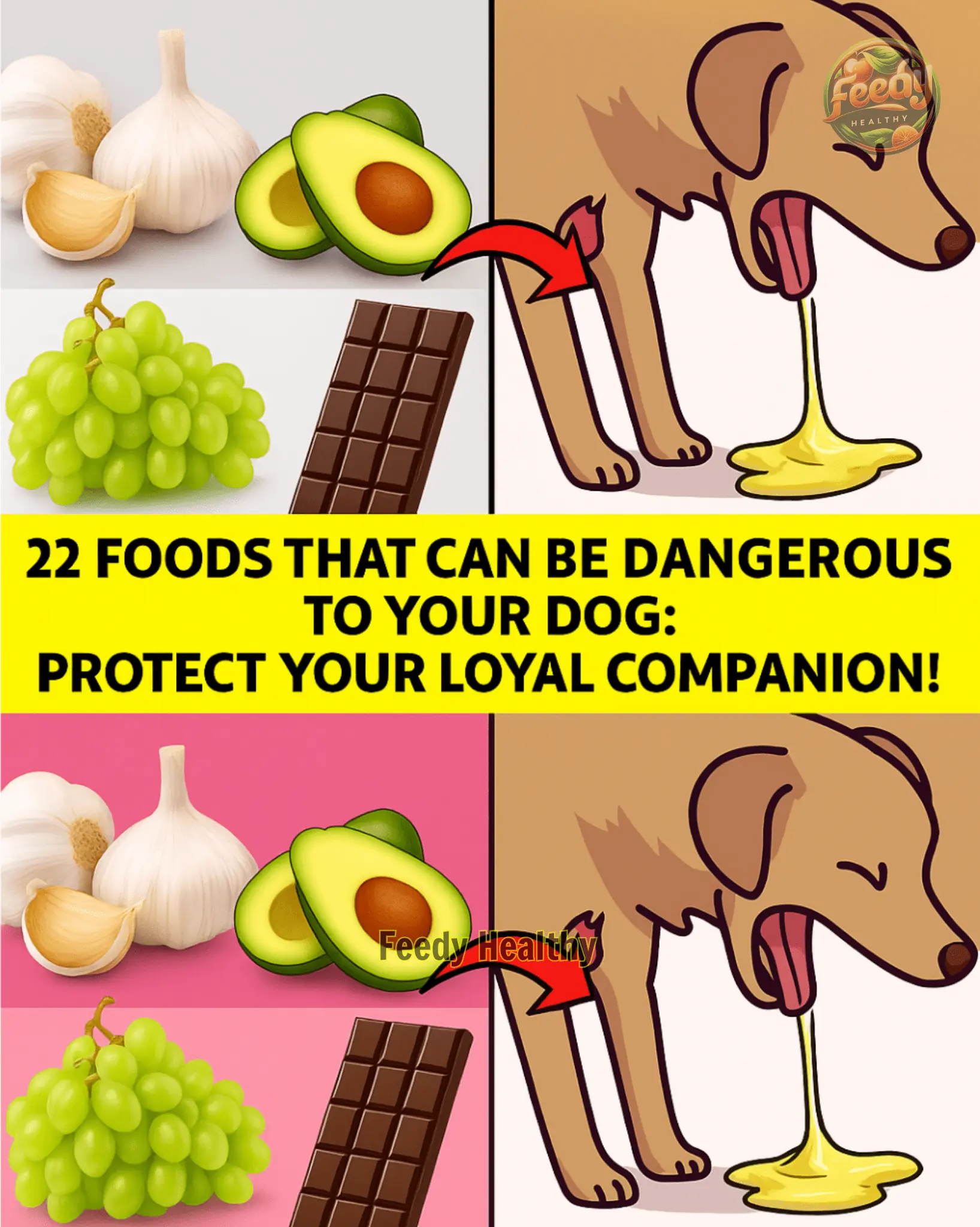
22 Dangerous Foods for Dogs – Protect Your Pets!
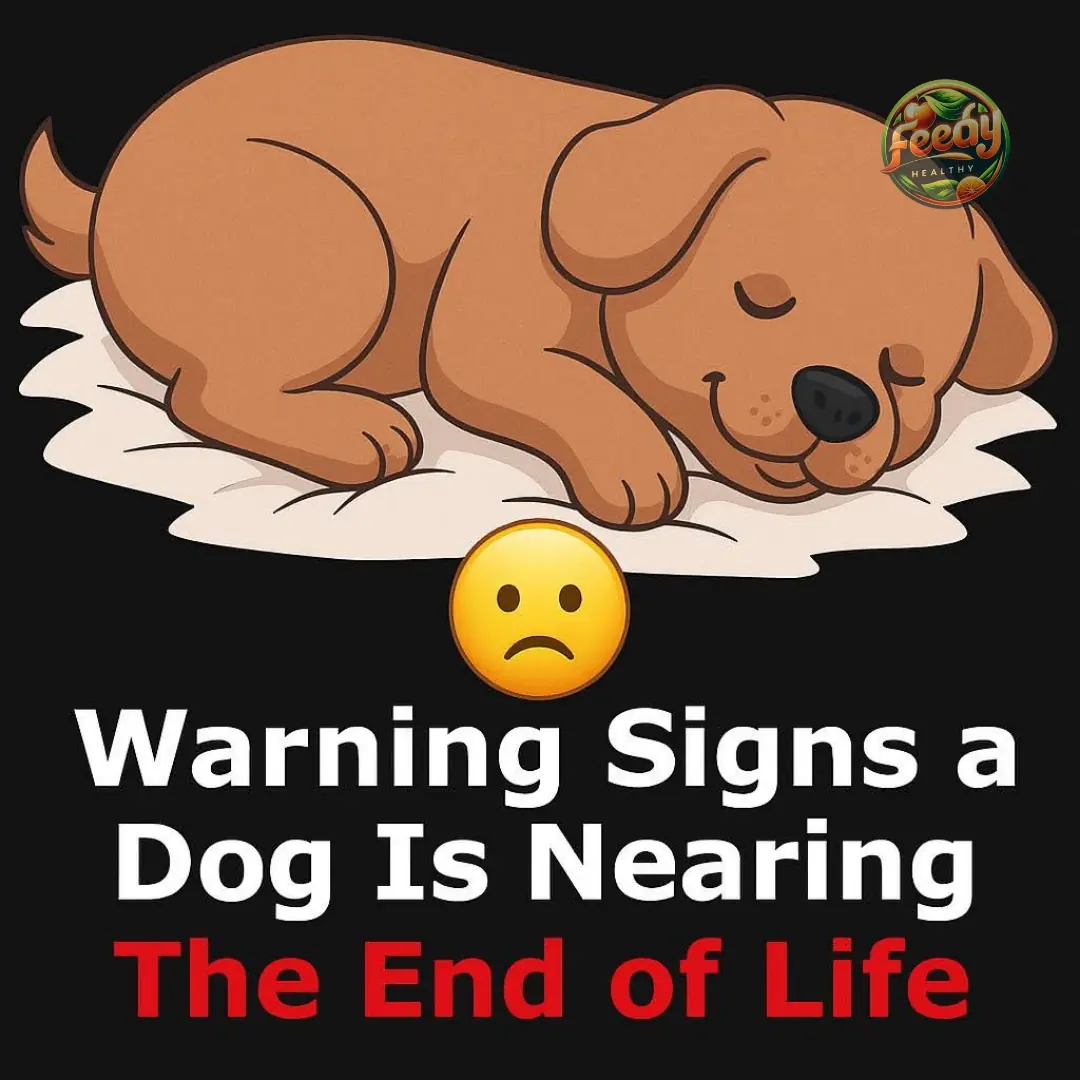
11 signs your dog is nearing the end

This Is the Most Affectionate Dog Breed in the World, According to a Study

From Starvation to Salvation: How One Act of Kindness Transformed a Puppy’s Life
News Post

How to Tell If Your Eggs Are Still Fresh: The Ultimate Kitchen Guide

Most are clueless. What to eat when you feel

People Freaked Out After Spotting Creepy Hidden Face in Group Photo

Effects of music on cancer cells: what the science says.
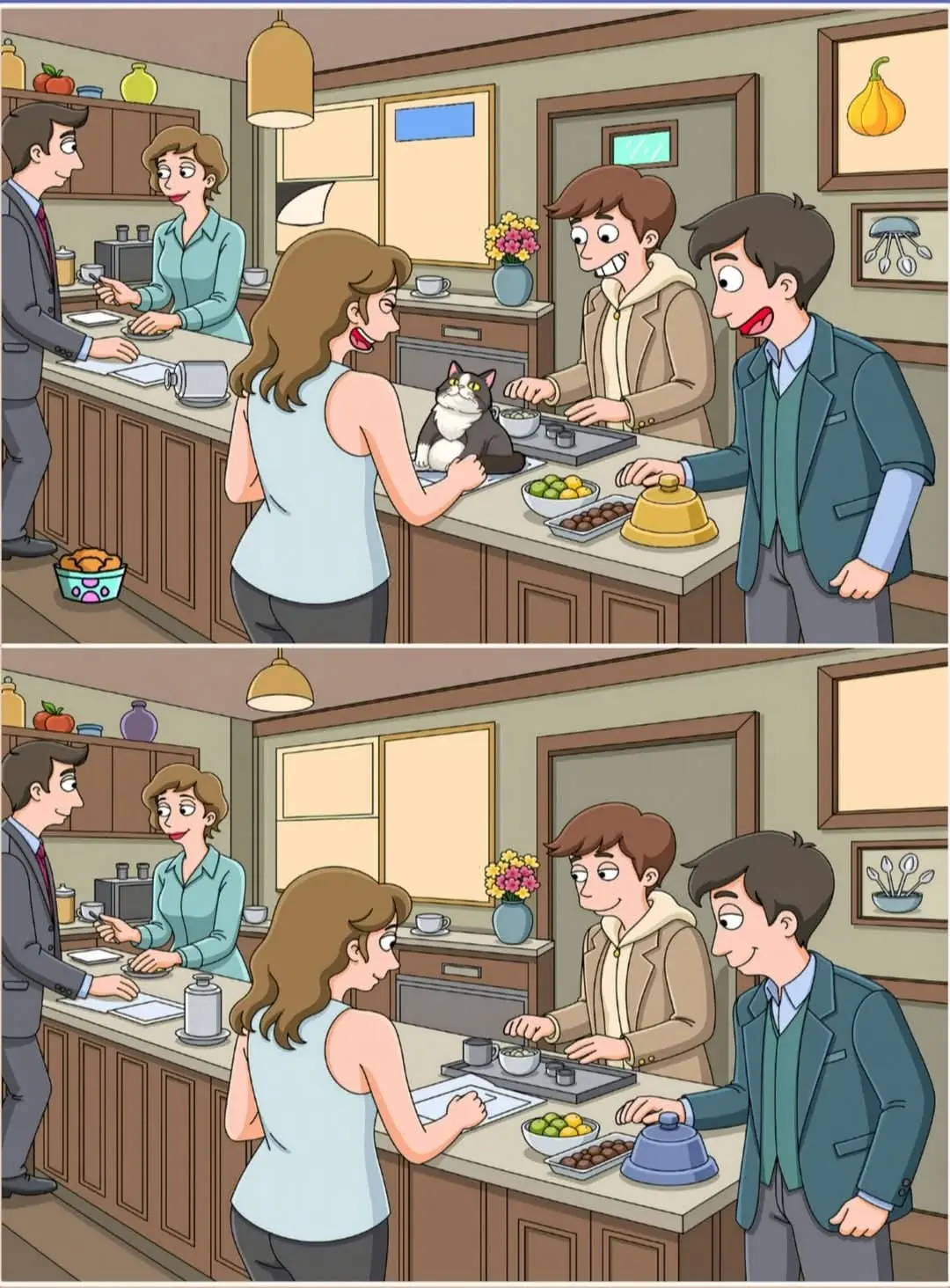
Game Challenge: Find 15 Differences in 30 SECONDS!

Understanding a Cat’s Behavior: Why Does It Rub and Scratch Against You?

These 5 Popular Drinks Are Slowly Damaging Your Kidneys — Are You Still Drinking Them?

California Authorities Identify Human Remains As A 13-Year-Old Girl Who Vanished 50 Years Ago

Stephen Hawking said he had a simple answer when asked whether he believed in god

Find Pizza, Comb, Fork, Ice Cream...😊

I Meticulously Saved Every Penny for Our Dream Home—Only for My Husband’s Parents to Try and Claim It.

She Believed The Dog Had Numerous Bites, But The Doctor Examined It More Closely And Called The Police

My Ex-husband Got Our House, Car and All Our Money After Divorce – I Laughed Because That Was Exactly What I Planned

Can You Spot All 12 Differences? Let’s Find Out!

Homemade Korean Rice Face Cream For Wrinkle Free, Young Skin

Use This To Reverse Your Premature Grey Hair With Home Remedies

Woman Humiliated Me at a Restaurant, but the Next Day, She Appeared at My Door as My DIL…

The only drink you need for glowing skin

Pope Francis is back at the Vatican after a five-week hospital
